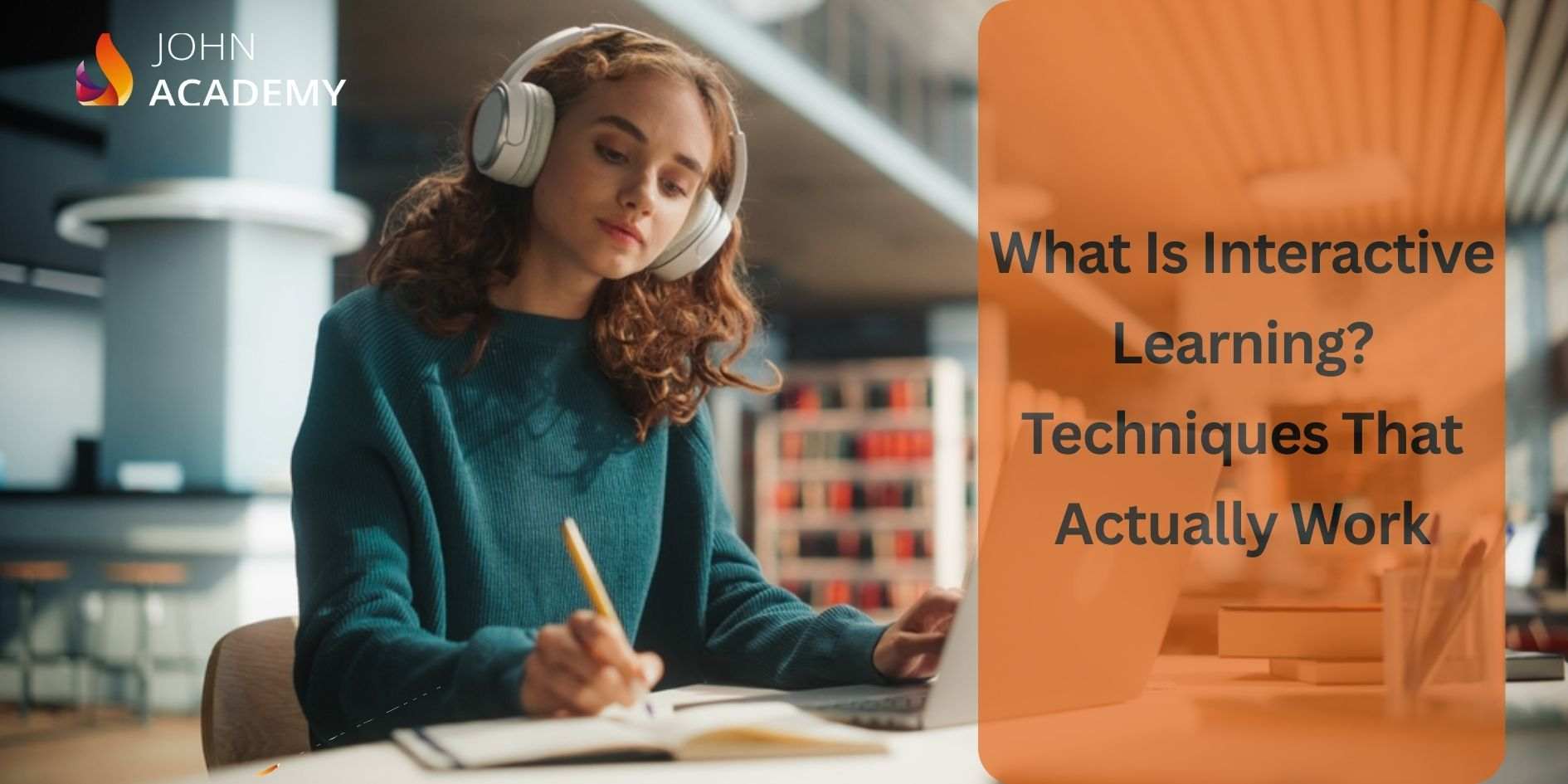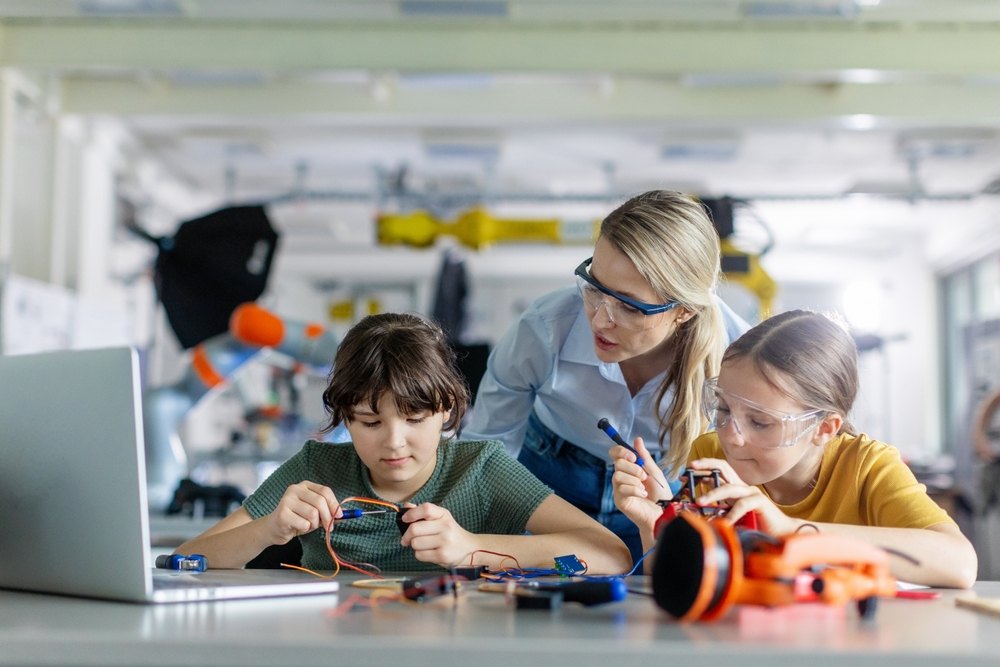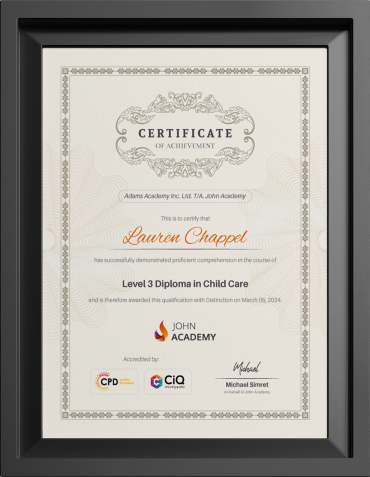

Interactive learning is transform how we teach, train, and learn across all educational and professional sectors. Unlike traditional methods that rely heavily on passive content delivery, such as lectures, textbooks, and note-taking, interactive learning places the learner at the centre of the experience. It transforms the educational environment into a dynamic space where dialogue, experimentation, and hands-on application take precedence over memorisation and repetition.
The fundamental shift lies in how information is processed and retained. Instead of being told what to learn, students and trainees are encouraged to explore concepts through direct engagement, discussion, collaborative problem-solving, and real-world application. This method empowers learners to take responsibility for their progress, fosters a sense of curiosity, and strengthens comprehension through continuous feedback and reflection.
Interactive learning is highly adaptable and can be implemented across varied formats—from face-to-face lessons and hybrid models to fully remote learning environments. With the growing accessibility of digital tools and platforms, it is now easier than ever for educators and organisations to create meaningful, interactive learning experiences that go beyond static content delivery.
This approach is especially powerful in online courses, where the physical separation between educators and learners can often lead to reduced engagement. Online learning platforms that integrate interactive elements—such as video-based discussions, simulations, quizzes, scenario-based assessments, and peer feedback—can recreate the dynamic interaction found in traditional classrooms. These features keep learners involved, encourage accountability, and foster a stronger connection to the course content.
Whether you’re guiding schoolchildren through science experiments, onboarding employees with simulations, or delivering university lectures via virtual breakout rooms, interactive learning offers a future-proof approach that enhances motivation, knowledge retention, and learner satisfaction, particularly in the ever-expanding realm of online education.
Table of Contents
What is Interactive Learning?
Interactive learning is an educational approach that involves learners directly in the learning experience. Rather than simply reading, listening, or watching, students engage through discussion, practice, and problem-solving. This active approach helps learners connect new knowledge with existing understanding and encourages independent thinking.
Based on constructivist theory, interactive learning supports deeper understanding and greater retention by involving learners in the process of discovery and reflection.

Why Does Interactive Learning Matter?
Interactive learning addresses many limitations of traditional education. Here are five key reasons it’s becoming essential:
Engagement: It keeps learners mentally and emotionally involved.
Retention: Active participation improves memory and understanding.
Critical Thinking: It develops analytical and decision-making skills.
Collaboration: Team-based tasks foster communication and cooperation.
Relevance: Learners apply knowledge to real-world contexts.
Proven Techniques That Work
Think-Pair-Share
This method begins with individual reflection, followed by partner discussion and group sharing. It promotes confidence, clarity, and collaboration.
Gamified Learning
Turning assessments into games boosts motivation. Tools like Kahoot! and Quizizz make learning fun and competitive while reinforcing knowledge.
Role-Playing and Simulations
These allow learners to act out real-world scenarios, such as customer service or patient care. Simulations help develop professional judgment in a safe space.
Peer Teaching
Having students teach content to each other enhances comprehension and builds communication skills.
Case-Based Learning
Learners analyse a scenario, identify challenges, and propose solutions. It connects theory to real situations.
Flipped Classrooms
Students learn new content through videos or readings at home, then engage in activities and problem-solving during class time.
Project-Based Learning
Students explore real-world challenges through extended projects, improving research, planning, and teamwork.
Collaborative Whiteboarding
Platforms like Miro and Jamboard allow shared visual brainstorming, which is ideal for planning and creative tasks.
Virtual Labs and Simulations
These tools are especially helpful in STEM subjects where physical labs are limited.
Interactive Storytelling
This technique places learners in narrative-driven scenarios where their choices shape the outcome.
Self-Paced Learning Modules
Allowing learners to proceed at their own pace with checkpoints, interactive exercises, and real-time feedback creates a customised learning journey that adapts to individual needs.
Mind Mapping and Visual Brainstorming
Encouraging learners to visually organise information helps with memory and concept integration.
Role of Technology in Interactive Learning
Technology enhances interactive learning in several ways:
Learning Management Systems (LMS): Tools like Moodle or Google Classroom allow content sharing, assessment, and interaction.
Video Tools: Platforms like Loom and Flip let students create and review personalised videos.
Simulation Software: Labster, Classcraft, and others offer virtual environments for experiential learning.
Collaborative Platforms: Padlet and Miro support group work and brainstorming.
Assessment Tools: Digital quizzes with instant feedback and analytics provide useful insights for both learners and instructors.
Technology makes interactive learning scalable, accessible, and flexible across diverse settings, including remote and hybrid learning environments.
Where Can Interactive Learning Be Applied?
In Classrooms
Use collaborative tasks, interactive discussions, and group projects to keep students engaged and develop social learning.
In Corporate Training
Interactive eLearning modules, gamified assessments, and decision-making simulations are popular in onboarding and professional development. Custom simulations help mimic client interactions, crisis management, or technical workflows.
In Online Courses
Breakout rooms, real-time feedback, and interactive quizzes bring energy and engagement to online learning environments. Video responses, scenario-based tasks, and peer reviews enhance virtual learning experiences.
In Vocational Training
Trade-based education benefits from simulations, virtual labs, and hands-on digital tasks that mirror real-world applications like machinery operation or healthcare procedures.
Common Challenges and How to Overcome Them
Planning Time
Interactive methods can be time-consuming to prepare. Start with small steps and build gradually. Templates and toolkits can reduce setup time.
Technology Access
Ensure learners have access to required tools or provide offline alternatives. Choose platforms that offer mobile access or downloadable content.
Resistance to Change
Introduce new formats gradually and clearly communicate the benefits. Sharing success stories and research can build support among hesitant participants.
Educator Confidence
Offer training and support to help instructors feel comfortable with interactive methods. Peer mentoring and workshops can boost confidence.
Case Study Example: Role-play in Professional Training
In a professional development session for junior managers, participants were asked to role-play a difficult employee feedback session. The facilitator introduced different conflict scenarios. After acting out the scenes, groups reflected on their responses and received feedback.
The results showed improved confidence, better communication skills, and stronger peer engagement. Role-play enabled managers to test their strategies in a realistic setting without real-world consequences.
Application: Medical Education
Interactive anatomy platforms allow medical students to rotate and explore 3D human models, identify structures through quizzes, and simulate diagnostic procedures. These tools improve both engagement and knowledge retention.

Further Insights into the Future of Interactive Learning
As technology advances, the potential for interactive learning will continue to grow. Artificial intelligence (AI) and machine learning are already making it possible to personalise learning experiences to an unprecedented degree. AI-driven platforms can adapt content difficulty in real time, identify knowledge gaps, and offer tailored resources for learners.
Moreover, the rise of augmented reality (AR) and virtual reality (VR) is adding new dimensions to learning. For example, AR can be used in geography lessons to let students explore topography using 3D overlays on their physical environment, while VR allows learners to simulate complex environments such as surgical rooms or architectural sites.
Gamification will also continue to evolve. Beyond quizzes and points, future gamification could include narrative arcs, missions, and achievements that mimic full-fledged video game experiences—making training more immersive and engaging.
The shift toward microlearning—short, focused learning segments—also supports interactive strategies. Microlearning modules can be completed on mobile devices in just a few minutes, often incorporating rich media and interactivity to reinforce concepts efficiently.
In addition, global connectivity means learners can collaborate across borders, engage in culturally diverse projects, and broaden their perspectives. Platforms that support global student partnerships and peer reviews will likely become standard in future classrooms and workplaces.
Finally, interactive learning will play a crucial role in lifelong education. As careers evolve and new industries emerge, adults will need to reskill and upskill continuously. Interactive courses will offer flexible, relevant, and engaging ways to meet this demand.
Educators and learning designers should stay informed about these trends and remain open to experimentation. The best results come from blending proven techniques with emerging tools, always keeping the learner experience at the centre.
By investing in interactive learning today, organisations and institutions position themselves at the forefront of effective, modern education and training.
Final Thoughts
Interactive learning is not just an educational trend. It is a well-supported, impactful approach that meets the needs of modern learners and professionals. By incorporating interaction, reflection, and application into learning, educators and trainers can foster deeper understanding, increased motivation, and greater long-term success.
Whether you’re designing a school curriculum, corporate training module, or online course, consider implementing at least one interactive technique. The difference in engagement and results can be significant.
Start with one method, evaluate its effectiveness, and expand gradually. With each step, you’ll build a more responsive, inclusive, and successful learning environment.
FAQ
Interactive learning involves learners doing tasks and engaging in dialogue, while traditional learning is more about passive listening or reading.
Yes. It works well with digital tools such as live chats, forums, quizzes, and interactive videos.
Start with simple techniques like group discussion or free online tools (e.g. Google Docs) before expanding to advanced methods.







